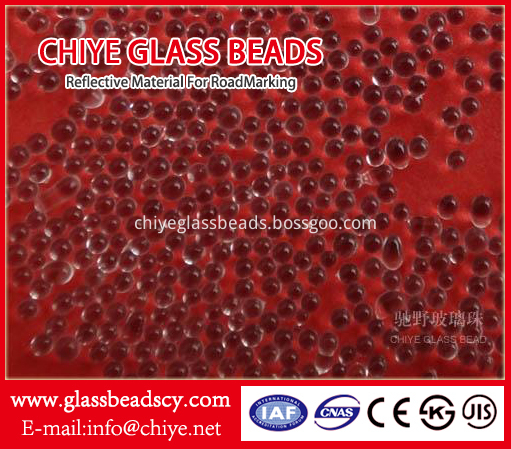The research and development aspects of carbon and silicon / carbon materials for lithium ion battery anodes at Shanxi Coal Chemical
Under the strategic background of accelerating the transition from fossil energy to clean energy, lithium ion batteries (LIB) rely on their high energy density, high power, long cycle life, high operating voltage, smooth discharge, wide operating temperature range, Comprehensive advantages such as no memory effect and good safety performance are particularly important in achieving environmentally friendly and efficient energy storage and conversion methods. As an important part of lithium ion batteries, the performance of the negative electrode itself directly affects the performance of the entire battery system.
In recent years, Song Yan, a researcher at the Shanxi Institute of Coal Chemistry, Chinese Academy of Sciences and the scientific research team led by them have effectively constructed a series of electrode materials through structural design of carbon-based and silicon-based negative electrode materials to achieve material specific capacity and cycle stability. And the magnification performance is significantly improved. Based on the limitations of the commercial anode material graphite in terms of structure and capacity, the team made many attempts, as shown in Figure 1. Using natural graphite flakes and pitch coke as raw materials, nickel-doped hollow nano-carbon anode materials in which graphite carbon and porous nano-carbon coexist were prepared by hot-press sintering (Carbon, 2013, 64: 537-556; Electrochimica Acta, 2013, 112: 394-402; patent authorization number 201210363338.4). Subsequently, the team prepared graphite-like lamellar carbon by adding compression polymerization using asphalt as a raw material. This material not only has the strong stability of graphite as a negative electrode material, but also its capacity value has been improved (patent application number 202010121400.3). In view of the poor cycling stability of silicon-based anode materials, the team used electrostatic action to adsorb cationic surfactants on the surface of silicon nanoparticles to achieve double-layer protection of the core and shell, weakening and limiting the damage to the material structure caused by stress when silicon expands (Chemistry-A European Journal, 2017, 23: 2165-2170; patent authorization numbers 201610580560.8 and 201610580586.2). In order to further adjust the performance of the silicon-based double-clad structure, the hard template method is used to introduce cavities to mitigate the volume change of silicon, and to achieve the double-layer goal of improving capacity and cycle stability (Electrochimica Acta, 2019, 295: 75-81) figure 2.
In view of the high stability of graphite materials and the high specific capacity of silicon, a composite electrode of expanded graphite and silicon was prepared. A typical sandwich structure was formed between the silicon nanoparticles and the graphite sheet, which improved the electronic conduction characteristics of the material, which showed Good performance (Carbon, 2014, 72: 38-46). On this basis, the expanded graphite was acidified and a silane coupling agent was added to achieve uniform dispersion of the silicon nanoparticles between the graphite sheets. The prepared composite electrode sheet was still close after circulating 450 times at a current density of 0.4 A / g Specific capacity of 800 mAh / g (Journal of Power Sources, 2018, 385: 84-90; patent authorization number 201610993853.9).
The above work is supported by the National Natural Science-Shanxi Province Low Carbon Joint Key Fund and the Shanxi Natural Science Fund.

Fig.1 Structural design morphology of carbon-based anode materials

Figure 2 Schematic diagram of the structural design and electrochemical performance of the silicon-based anode material

Figure 3 Design morphology and electrochemical performance of silicon-carbon composite structure
This diameter of this series glass bead is two or three times bigger than regular beads. The surface part beyond paints is higher than regular beads; hence the reflectivity of road marking has been increased, especially in rainy, foggy areas.
The diameter is 850-1400mm (20-14mesh) with ≥80% of roundness. The special coating on the surface of glass bead can improve the adhesion between paint and glass beads, thus the longevity can be increased.
The glass bead can be produced based on the standard of countries or areas, such as EN1423/1424, AASHTO M247, BS6088, JIS R3301 and KS L2521 etc.

Twinkling Big Glass Beads ,Reflection Twinkling Big Glass Beads,Twinkling Big Glass Beads Road Marking,Big Glass Beads For Highway Marking
CHIYE GLASS BEAD (HEBEI) CO., LTD , https://www.chiyeglassbeads.com
